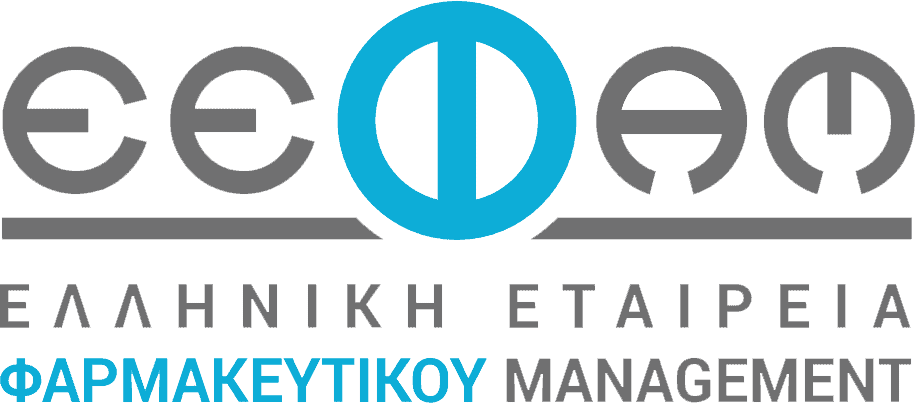Blog
Blog
Closing the women’s health gap: A $1 trillion opportunity to improve lives and economies

Over the past two centuries, the rise in life expectancy—for both men and women—has been a tremendous success story. Global life expectancy increased from 30 years to 73 years between 1800 and 2018.1 But this is not the full picture. Women spend more of their lives in poor health and with degrees of disability (the “health span” rather than the “life span”). A woman will spend an average of nine years in poor health, which affects her ability to be present and/or productive at home, in the workforce, and in the community and reduces her earning potential (see sidebar “Terminology used in this report”).
Building on previous work from the McKinsey Health Institute and the McKinsey Global Institute,2 analysts quantified this health gap in terms of disability-adjusted life years (DALYs)3 and the extent to which this difference results from the structural and systematic barriers women face (see sidebar “Research methodology” ). Addressing the 25 percent more time that women spend in “poor health” relative to men not only would improve the health and lives of millions of women but also could boost the global economy by at least $1 trillion annually by 2040. This estimate is probably conservative, given the historical underreporting and data gaps on women’s health conditions, which undercounts the prevalence and undervalues the health burden of many conditions for women (Exhibit 1).

Critically, better health is correlated with economic prosperity. The women’s health gap equates to 75 million years of life lost due to poor health or early death per year (Exhibit 2), the equivalent of seven days per woman per year. Addressing the gap could generate the equivalent impact of 137 million women accessing full-time positions by 2040. This has the potential to lift women out of poverty and allow more women to provide for themselves and their families. Addressing the drivers of this gap—namely, lower effectiveness of treatments for women, worse care delivery, and lack of data—would require substantial investment but also reflect new market opportunities.
While improving women’s health has positive economic outcomes, it is foremost an issue of health equity and inclusivity. Addressing the women’s health gap could improve the quality of life for women, as well as creating positive ripples in society, such as improving future generations’ health and boosting healthy aging.

The challenges women face when seeking healthcare play out in multiple different ways and in different diseases and sectors of society. In terms of the potential economic impact of addressing these challenges, all age groups and geographies could benefit, with most of the potential coming from women of working age (Exhibit 3).

Embracing the full definition of women’s health
Women’s health is often simplified to include only sexual and reproductive health (SRH), which meaningfully underrepresents women’s health burden. This report defines women’s health as covering both sex-specific conditions (for example, endometriosis and menopause) and general health conditions that may affect women differently (higher disease burden) or disproportionately (higher prevalence).4
Research shows that SRH and maternal, newborn, and child health (MNCH) account for approximately 5 percent of women’s health burden,5 although this is probably an underestimate (Exhibit 4). An estimated 56 percent of the burden comes from health conditions that are more prevalent and/or manifest differently in women. The remaining 43 percent stems from conditions that do not affect women disproportionately or differently based on current evidence.

Women are most likely to be affected by a sex-specific condition between the ages of 15 and 50. Other conditions occur throughout women’s lives, but nearly half of the health burden affects women in their working years, which often has an impact on their ability to earn money and support themselves and their families (Exhibit 5).

Pregnancy complications can increase risk for chronic illnesses; for example, gestational hypertension can portend chronic hypertension,6 and women who have had gestational diabetes have a 50 percent risk of developing type 2 diabetes seven to ten years after the birth of the child.7 Good maternal health helps the mother and baby, with benefits extending beyond pregnancy and birth.
Health equity encompasses access to the interventions and options that are right for each individual, regardless of their gender, sex, sexual identity, sexual orientation, age, race, ethnicity, religion, disability, education, income level, or any other distinguishing characteristic. For women, this can start with a better understanding of and access to interventions that lead to the best outcomes.
How to read this report
The analysis presented in this report includes an assessment of the health burden associated with the women’s health gap as measured in potential years of healthy life. This health improvement potential was then translated to economic potential, measured as contribution to gross domestic product (GDP). Sections 2 through 4 of this report focus on health improvement potential (measured in DALYs), broken down by three root causes related to disparities in science, data, and care delivery. The economic value of this combined health improvement potential is presented in section 6, where economic impact is measured in terms of additional GDP.
While this report focuses on the potential economic benefits of closing the women’s health gap, there is also a moral imperative to close the women’s health gap and to improve the lives of millions of women worldwide.
Πηγή: mckinsey.com





